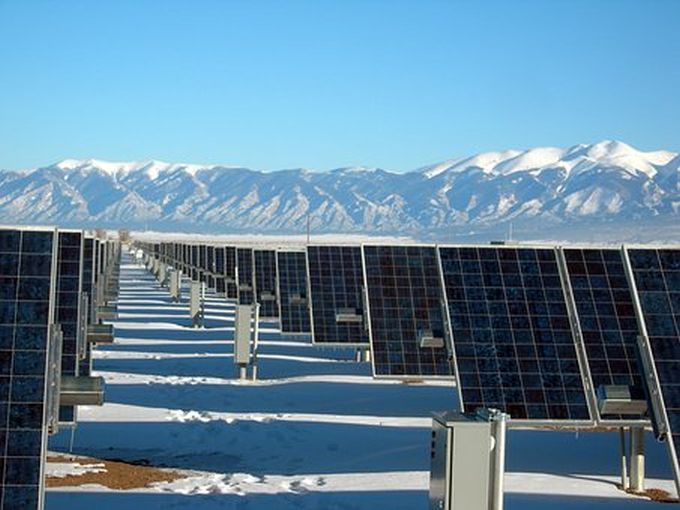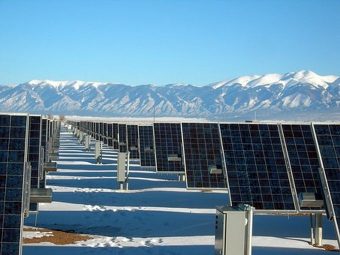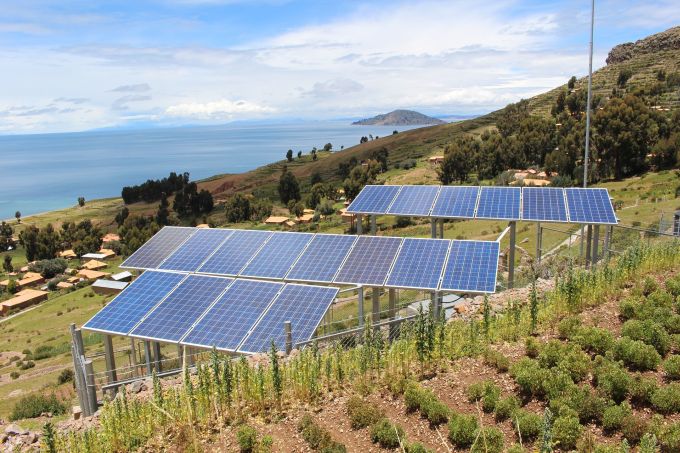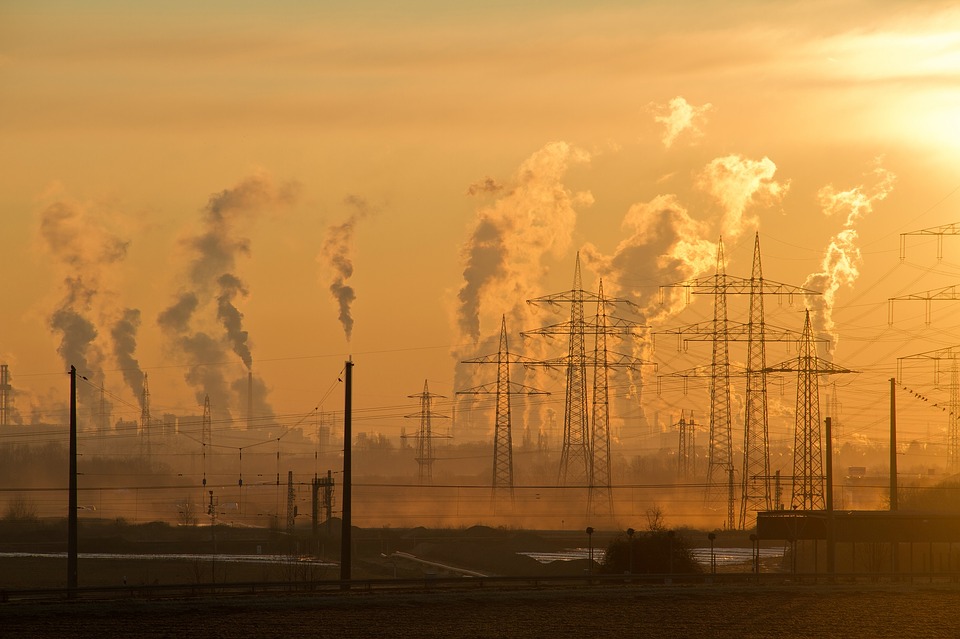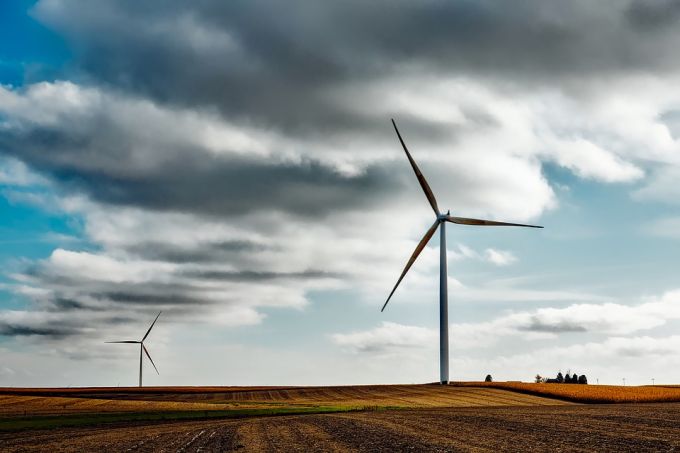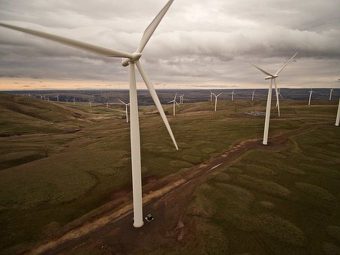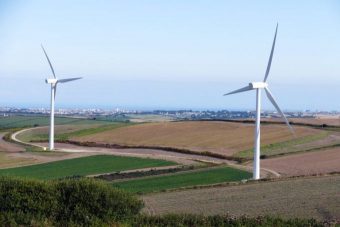
The US Energy Department announced last week that $21.4 million in funding for 17 new projects to help reduce the “soft costs” commonly found with solar energy, such as installation, permitting, and connecting to the grid. As more U.S. consumers turn toward renewable energy each year, nine of the awards will focus on how the solar industry can sustain and accelerate this growth by understanding the motivations and factors that influence the technology adoption process, particularly in low- and moderate-income communities. The other eight awards will focus on tackling solar market challenges at the state and regional levels through better strategic energy and economic planning.
“Soft costs have been a pervasive barrier to widespread solar energy in the United States,” said Dr. Charlie Gay, Director of the Solar Energy Technologies Office. “Finding new ways to cut these costs remains critical in accelerating solar deployment nationwide and making solar affordable for all Americans.”
Source: energy.gov



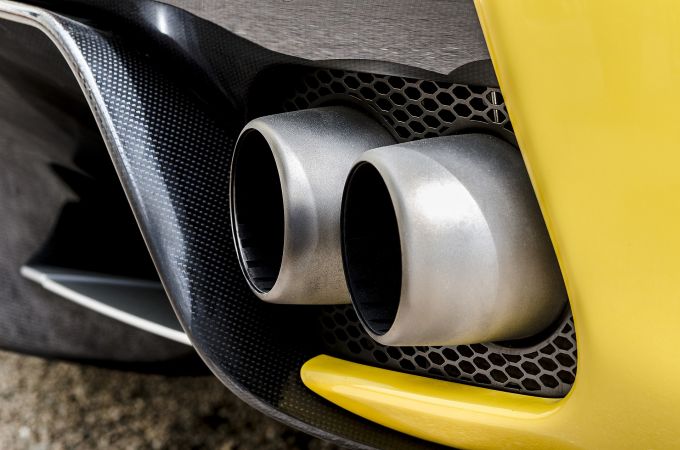

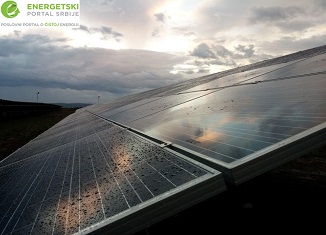







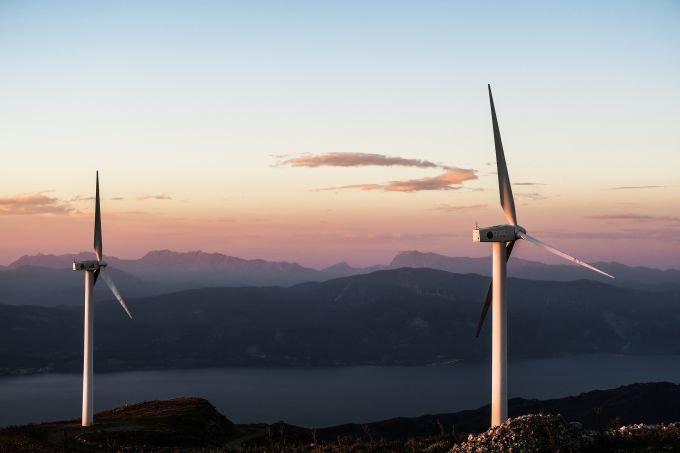

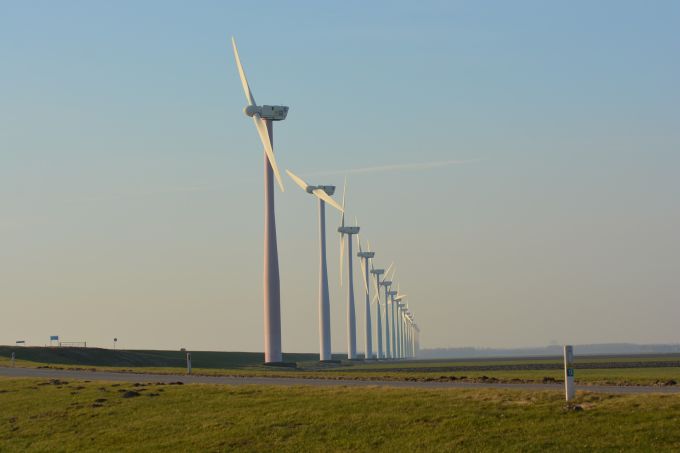
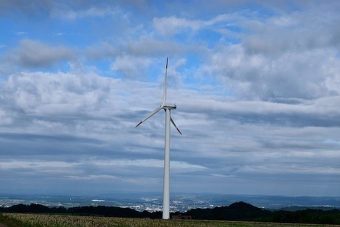



 Tesla Motors is starting to build its electric cars with all the sensors, cameras and other gear needed to drive completely on their own when regulations allow the technology to take over that responsibility.
Tesla Motors is starting to build its electric cars with all the sensors, cameras and other gear needed to drive completely on their own when regulations allow the technology to take over that responsibility.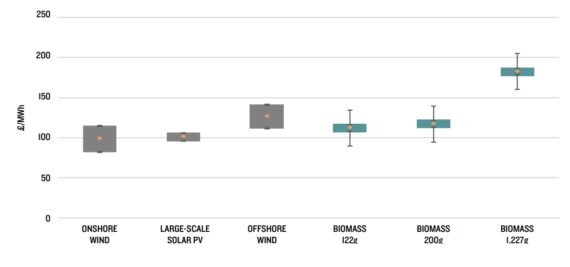
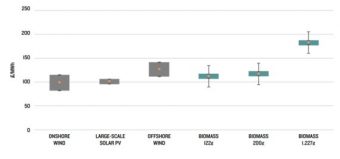 A new study has concluded that transitioning to wind and solar power would be a cheaper option for the United Kingdom to replace its coal fleet than using biomass electricity generation.
A new study has concluded that transitioning to wind and solar power would be a cheaper option for the United Kingdom to replace its coal fleet than using biomass electricity generation.